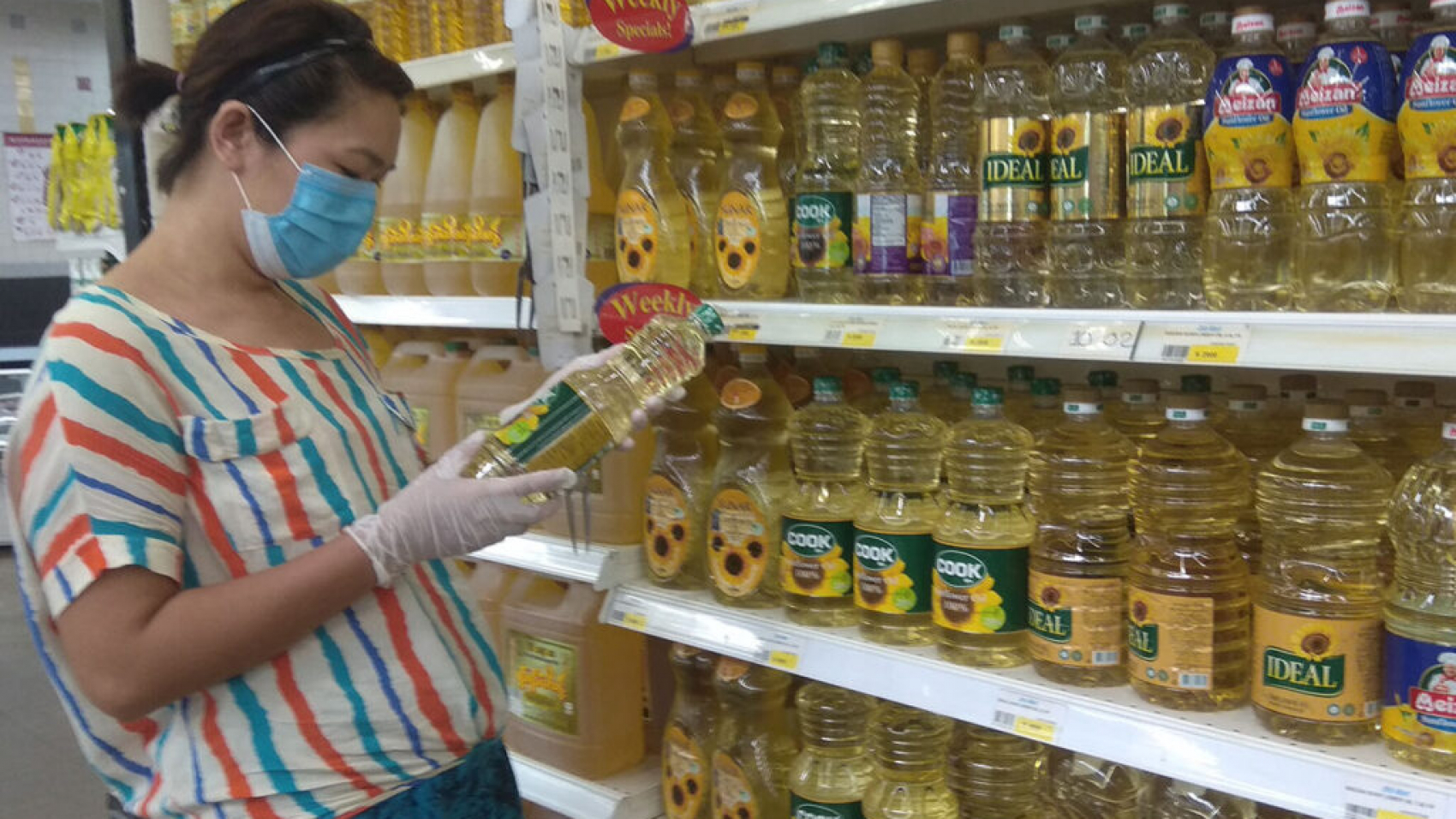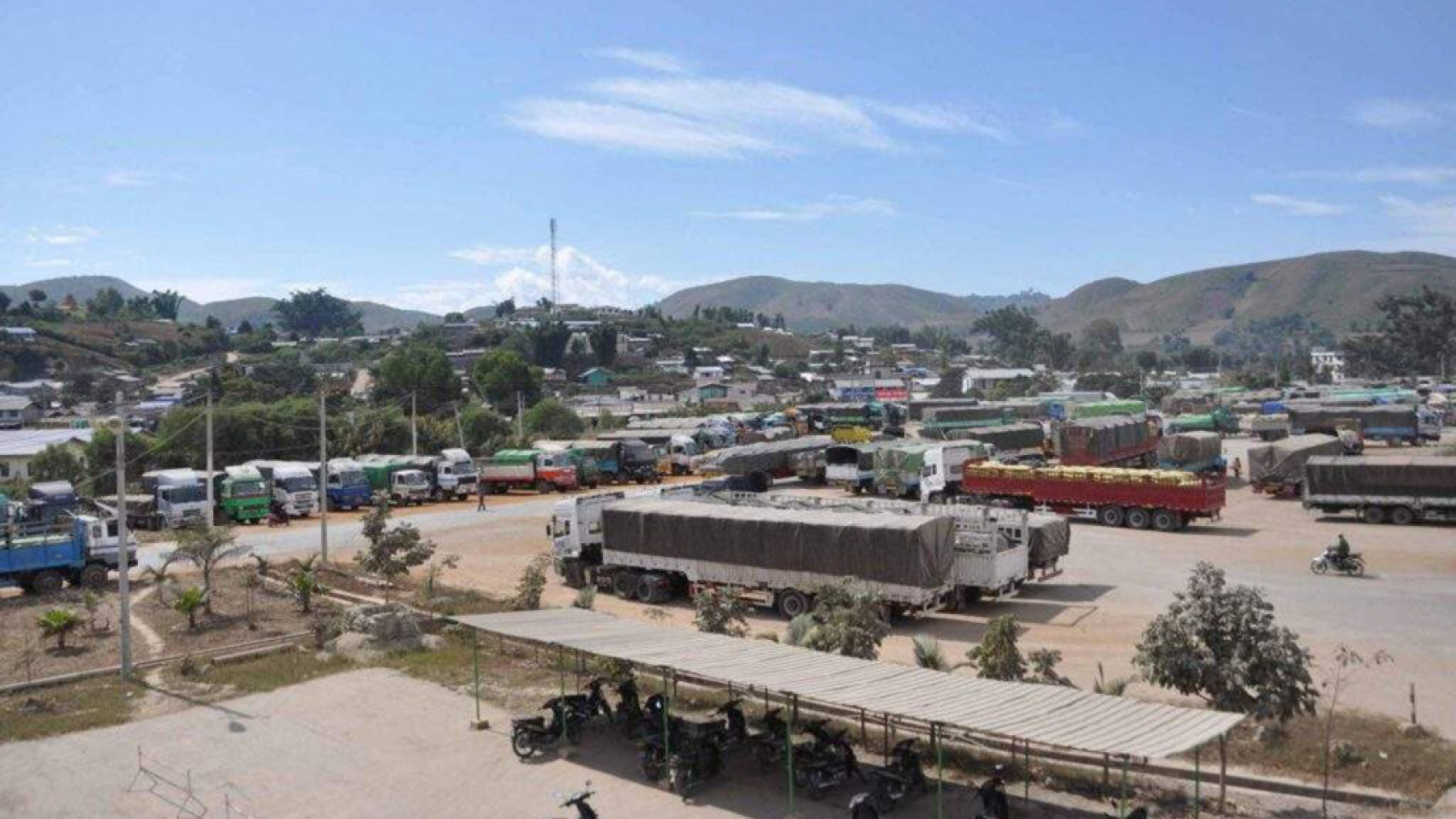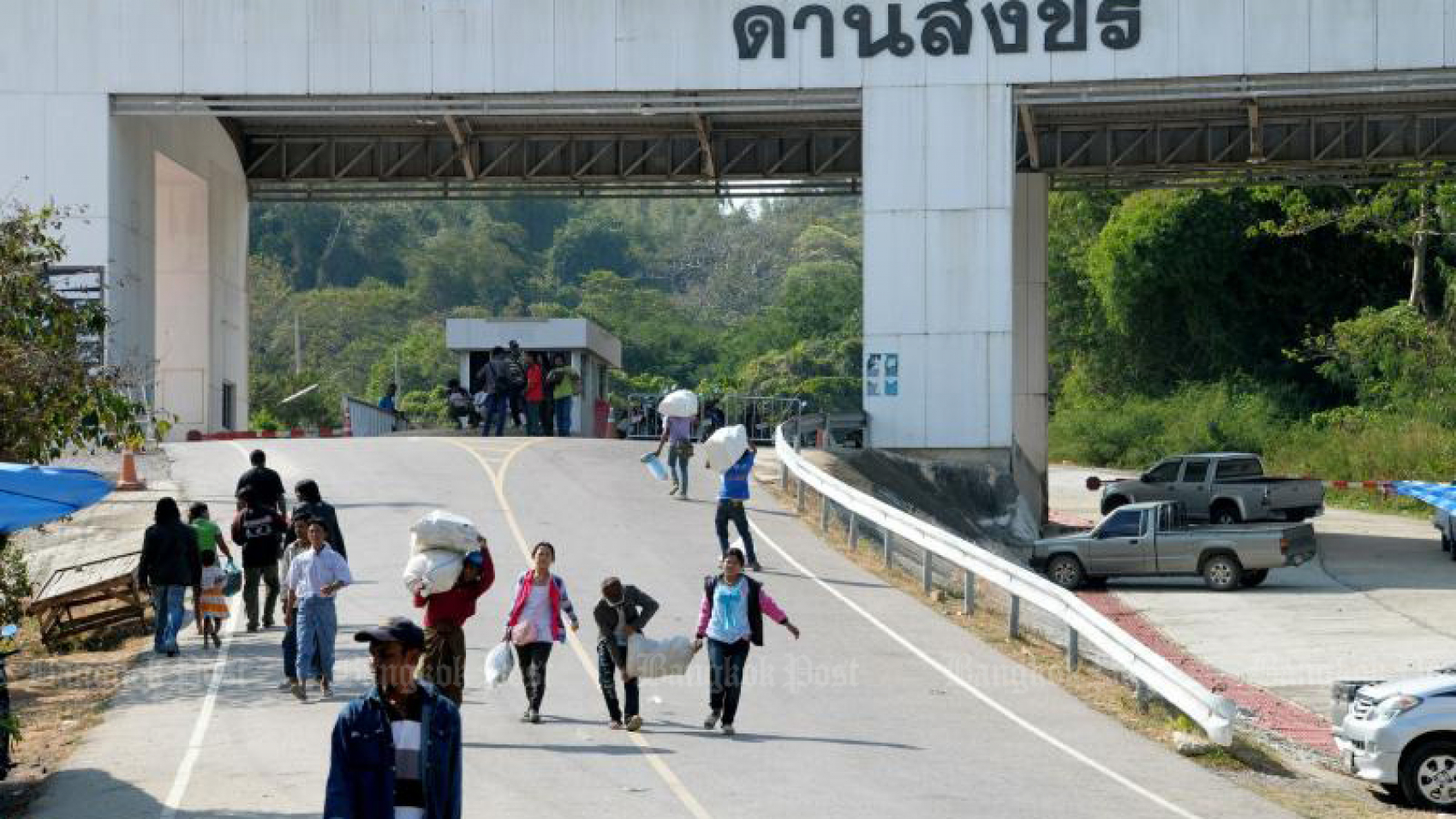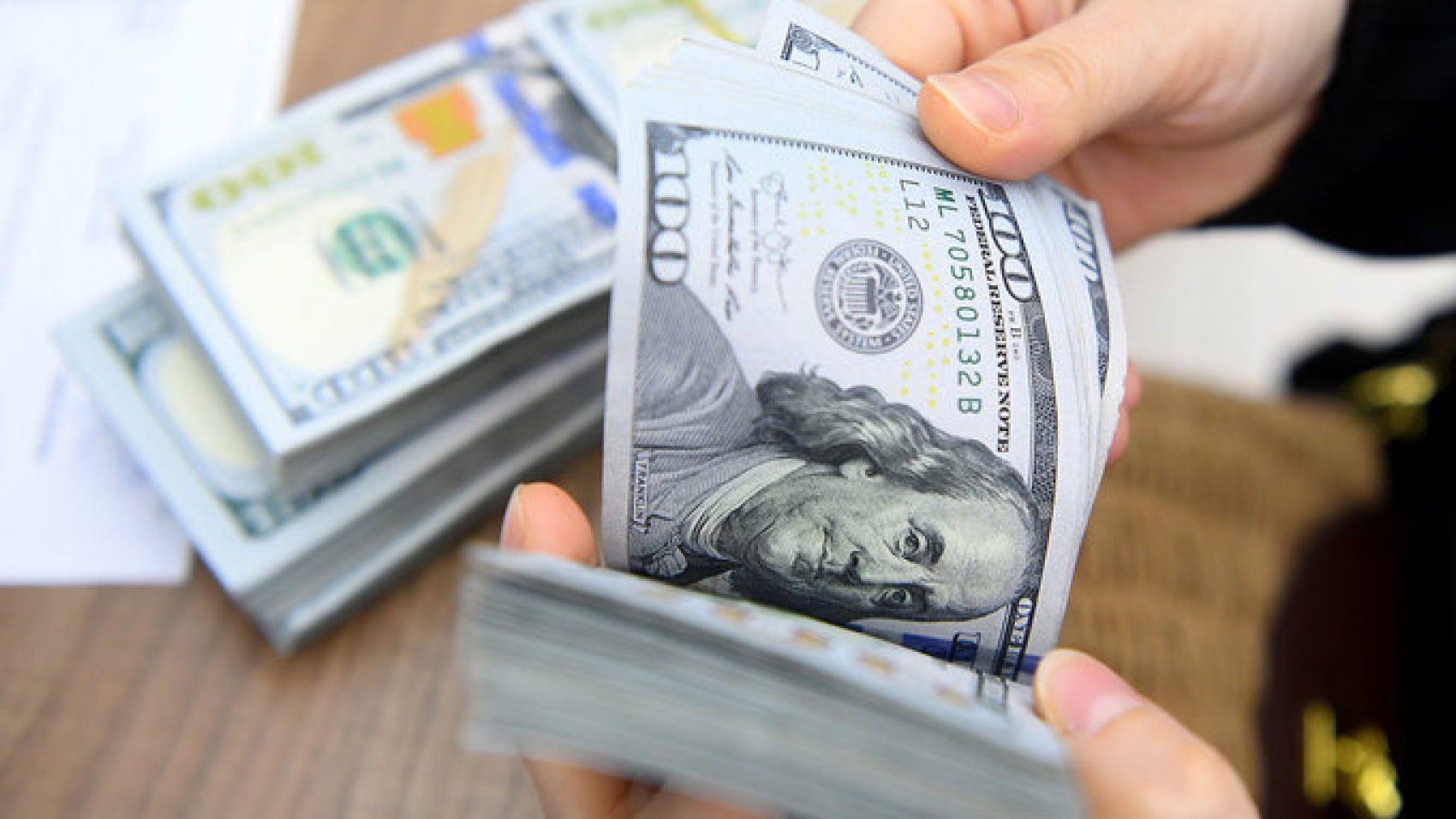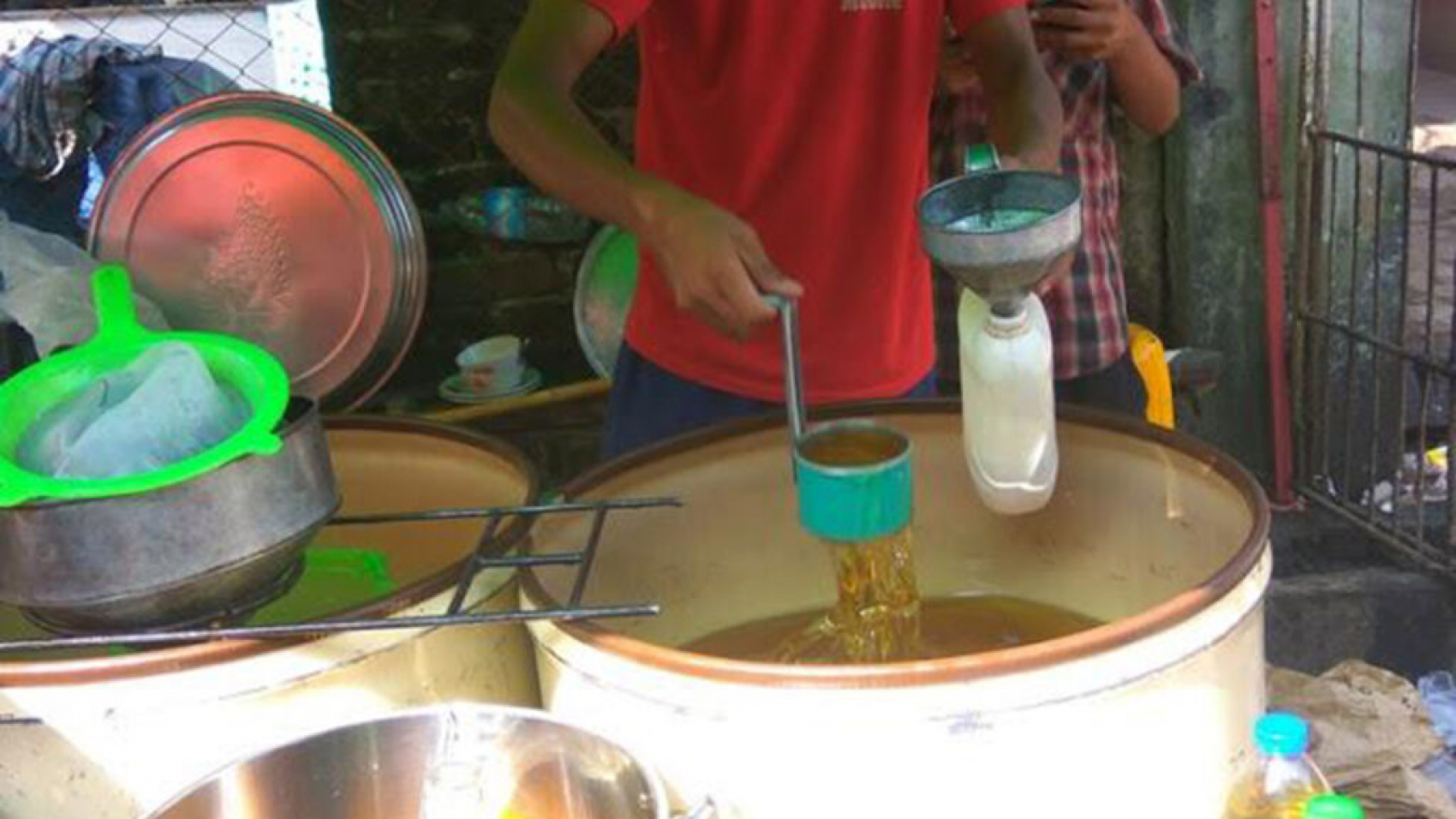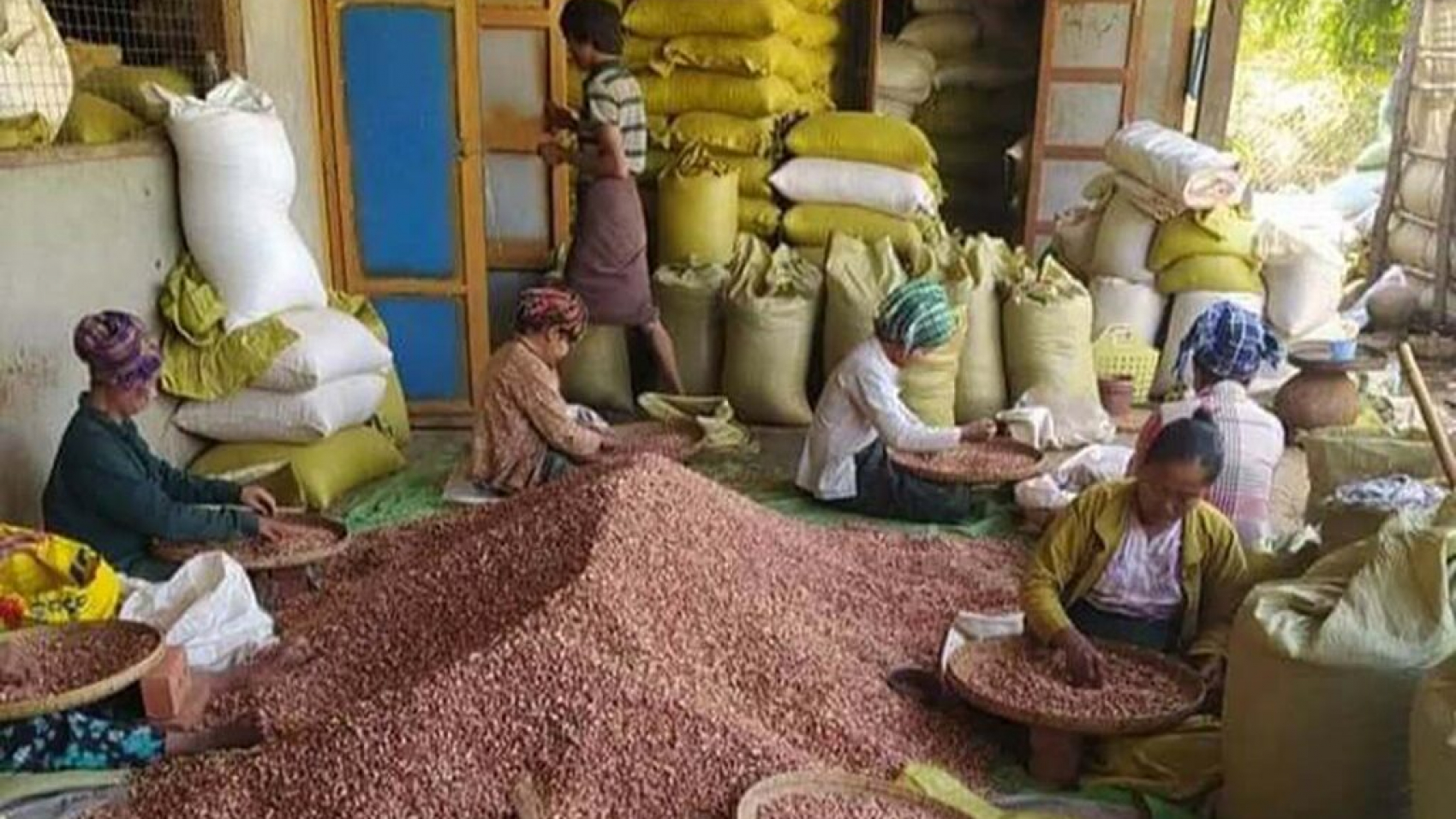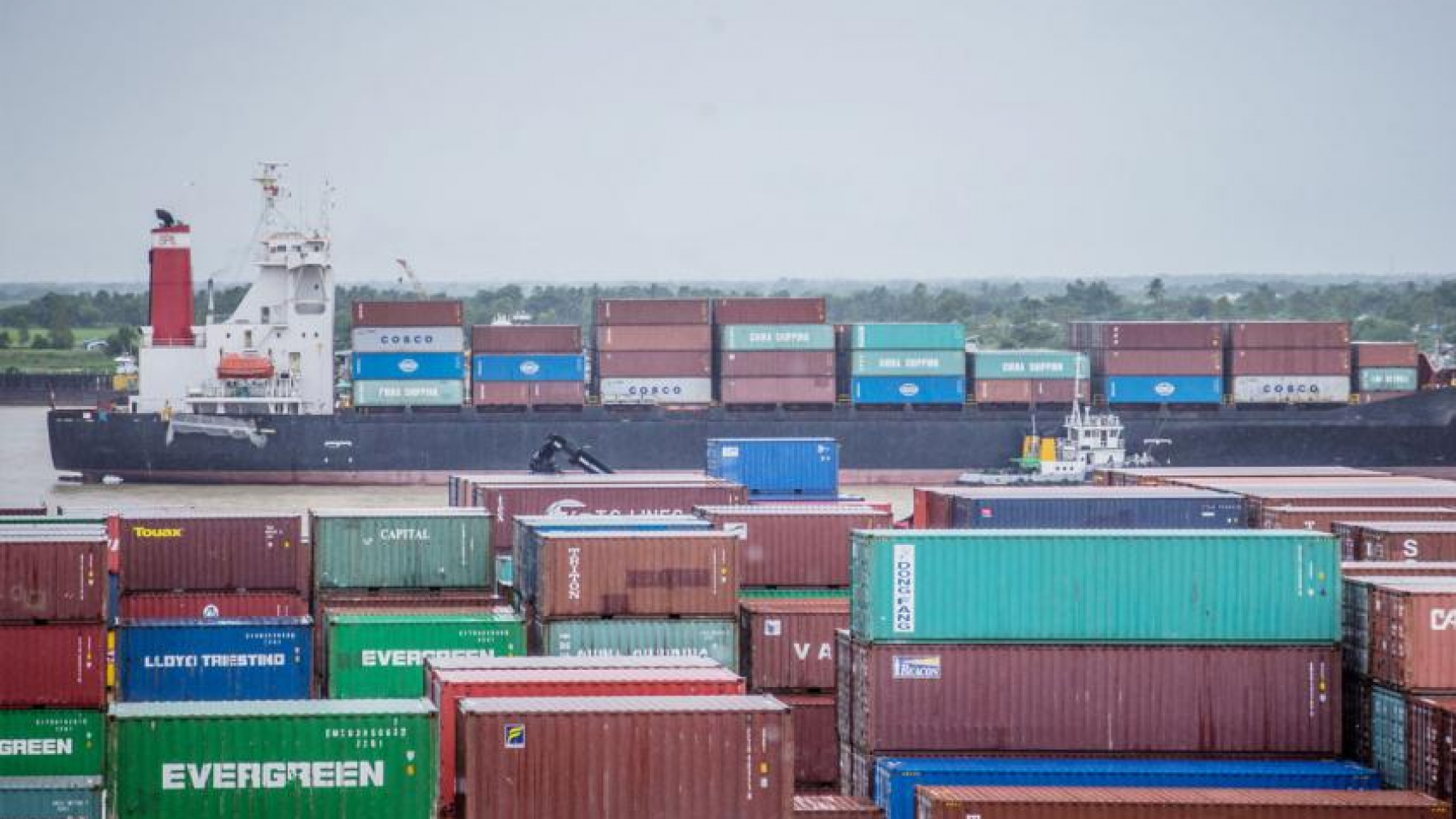The value of Myanmar’s mineral exports has declined by US$115 million as of 12 August since April
2022 in the current financial year 2022-2023 compared to the corresponding period last year. The value of Myanmar’s mineral exports sank to US$139 million in the past four and a half months from $254.448 million recorded in the same period of 2021-2022 mini-budget, the Ministry of Commerce’s data indicated. The coronavirus negative consequences led to the slump in mineral exports during the pandemic.
At present, the majority of the mining businesses suspend operations in the rainy season. Additionally, Lonkhin, Hpakant, Mawlu and Mawhan gem and jade mining businesses in Kachin State have been suspended with a view to supporting sustainable resource extraction for future generations, and ensuring safe and efficient operation of jade and gems mines, according to Myanmar Gems Enterprise. Due to limited extraction of natural resources, exports of minerals had dropped significantly in the previous years.
Investors can seek permits to mine for minerals such as gold, copper, lead and tin. The permits cover prospecting, exploration, and production. Myanmar’s mineral exports touched $895.6 million in the previous FY 2020-2021, showing a significant drop of $975.2 million compared with the year-ago period, according to data from the Ministry of Commerce. About 80 per cent of mineral products are shipped to external markets through sea trade, while 20 of them are sent to neighbouring countries through border trade channels.
Source: The Global New Light of Myanmar



